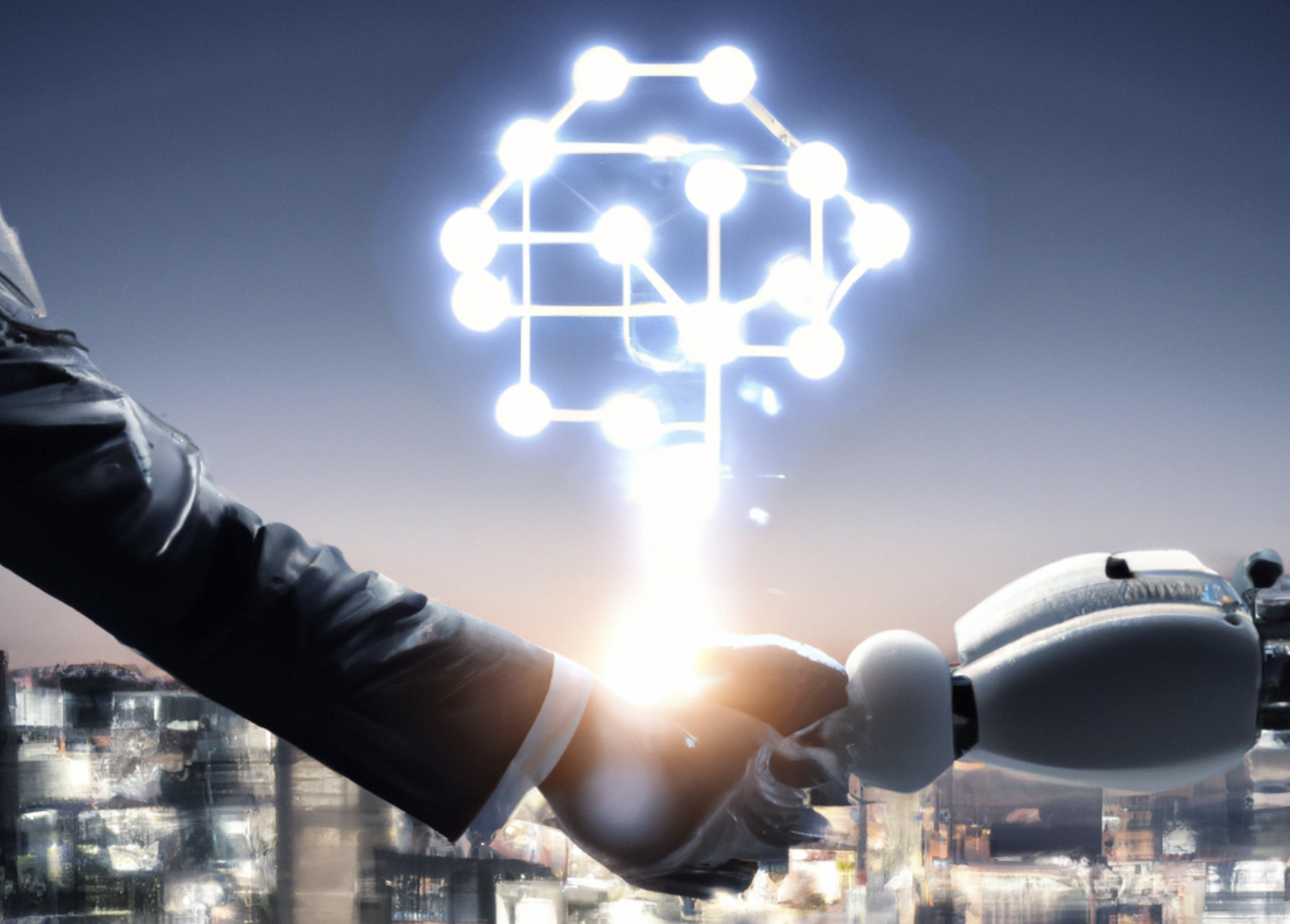
Is the $10bn investment that Microsoft is considering in San Francisco-based research outfit OpenAI really the “defining deal for a new era of artificial intelligence [AI]” as the FT’s Richard Waters puts it?
Microsoft is trying to take a 49% stake that would give OpenAI at a post-money valuation of $29bn, according to reports by news provider Semafor last week.
Microsoft has been an investor in OpenAI since 2019 and in many ways the pattern of investment has follows the model of investing software-as-a-service (Saas) companies developed over the last decade: early large rounds and a focus on developing the ecosystem. Microsoft made the first $1bn investment in the AI company behind the ChatGPT and DALL-E 2 text and images services, on the understanding that OpenAI would use Microsoft’s Azure cloud platform and give it first sight on the technology that could help its work productivity tools, such as Office, GitHub and Bing.
OpenAI used part of that money to set up its corporate venturing fund, the $100m OpenAI Startup Fund, “to help AI companies have a profound, positive impact on the world”. Many blockchain, distributed ledger and Web3 companies have followed this pattern.
But the OpenAI deal also harks back to the seminal success story of the 2000s: VC firm Sequoia’s investment in video platform YouTube.
The investment memorandum Sequoia prepared ahead of investing described YouTube’s goal “to become the primary outlet for user-generated video content on the internet”. Consumers, it noted, had “no easy way to share their personal video content – files are too large, hosting and bandwidth is expensive, and there are no standardized video file”.
Sequoia wanted to invest about $5m in its seed and A rounds in return for about 30% of YouTube and in return would help bring in talent and “ensure platform scalability to handle at least one million video views per day”.
But the cost of hosting became so great that, 18 months on, in 2006, search engine provider Google bought YouTube for $1.65bn in what the Ringer called “the best tech deal ever”.
Similarly for OpenAI, while there are VCs involved, the size of its ambitions and cost of generative AI in terms of storage and processing costs – plus a reminiscent concern about legal liabilities – means only cash-rich corporations can scale the business.
But OpenAI’s CEO, Sam Altman, who previously ran startup accelerator Y Combinator, has learned from the YouTube deal and built a new type of structure that could unlock even greater riches.
The Information breaks down the potential deal terms as:
- After OpenAI pays back its first investors, Microsoft will get 75% of profits until its principal investment is paid back.
- Then it will get 49% of profits until it hits a hard cap.
- OpenAI has also proposed getting rid of a hard cap on returns, and could increase the cap 20% per year starting around 2025.
OpenAI was originally a non-profit because it foresaw AI as the defining tool of our time. But the size of ambition, costs and potential rewards are so large that it is effectively the defining tech deal for showing VCs’ limitations even for pre-revenue tech startups with massive scaling potential.
